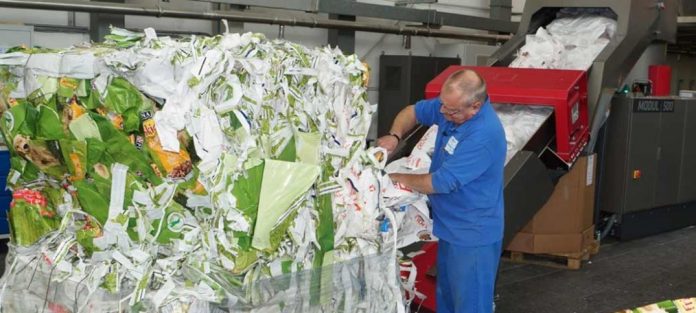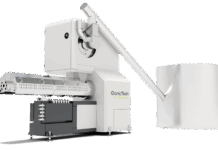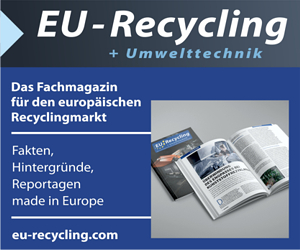Building on the detailed industry analysis presented in AMI’s first edition report on the Recycling of Flexible Films in Europe (2021), a fully updated report has just been launched.
Around 14.2 million tonnes of post-use flexible films were available on the market of the EU27+3 in 2025, with flexible consumer packaging films and flexible industrial packaging films representing the largest sources of post-use volumes.
It is these two segments of the flexible films market that are in the spotlight of EU legislation, both in terms of recycling rates and recycled content, as well as reuse mandates and packaging minimisation goals.
While progress is being made across the post-use value chain, comprising collection, sorting, and recycling, the operating environment that has emerged for the European recycling sector over the past two years casts doubt on whether these targets can be achieved. It is thus more important than ever to identify those stages across the value chain where improvements will have the most immediate and strongest impact.
The report presents a detailed qualitative and quantitative analysis of the recycling of flexible consumer packaging films, flexible industrial packaging films, and agricultural films, and explores industry sectors for which recycling activities are less developed at present, including: building & construction films, medical & hygiene films, bags & sacks, and other films.
Building on AMI’s detailed in-house information in the form of a comprehensive polymer demand dataset, our database on recyclers in Europe as well as a range of detailed sector reports covering the different aspects of the European flexible films industry, Recycling of Flexible Films in Europe identifies critical infrastructure gaps at the collection and sorting stages and shows how investments undertaken are gradually improving the volumes of post-use material available for recycling.
In particular, the 2025 report includes a more detailed assessment of the contribution physical and chemical recycling technologies can make to the recycling of flexible films, and flexible consumer packaging films in particular.
Further improvements in the recycling rates for flexible industrial packaging will be driven by declining export volumes of baled post-use films over the coming years. Recycling rates for agricultural films are forecast to further improve, driven mainly by increasing volumes of films being collected. The forecast is, however, subject to significant uncertainty given the operational and financial difficulties EU recyclers find themselves in at present. With agricultural film recycling being a higher cost process, compared to the recycling of flexible industrial packaging, profits are often difficult to achieve.
Progress in recycling rates for flexible consumer packaging is similarly endangered by current operating conditions. It is driven by higher collection rates and the growing number of Material Recovery Facilities (MRFs) equipped to sort flexible films separately and by polymer, as well as the slowly growing contribution of non-mechanical recycling technologies. Unless investments are significantly ramped up over the coming years, a 55% recycling rate as required by the PPWR by 2030 will, however, be impossible to achieve.
On the plus side, the industry is characterised by a plethora of technological innovations, improvements in ‘Design for Recycling’ and thus recyclability, and technology-driven improvements in the quality of recyclates.
Source: AMI






